Innovation in store design may have slowed down but it is not at a standstill and, for some, new stores and formats are still being made a reality.
You can’t say you didn’t see it coming. The VAT juggernaut that crashed through retailers’ bottom lines last week (or so received opinion would have it) is bound to have an effect on their ability to do things with their stores. And the thing is, it has all been going relatively well during the first six months of 2010.
Talk to any of the big retailers and they will say that while things have been tough, they are nothing like as bad as the first half last year and that there has been a tendency for a few more stores to be opened. That said, the (last) recession has changed the way in which people, retailers, designers and shopfitters think about things, and in many ways the manner in which they approach the business of creating retail environments.
Nothing to see here
Nayna McIntosh, director of store marketing and design at Marks & Spencer, says: “With the odd exception, there isn’t much going on. There’s actually less wholesale change and more in the way of pop-ups to enhance things. There’s been a slowdown in our business while we regroup that is almost to be expected. There’s evidence of people doing small things rather than wholesale change.”
And then there’s that ‘emergency’ Budget: “People were quite cautious leading up to the Budget. But the [additional] VAT isn’t going to affect people until January and so retailers may use the time between now and then to get things done,” says McIntosh.
If she is correct, then the design consultancies - whose role is to assist retailers in keeping their store portfolios up to scratch - should be seeing a bit of an upturn. And for some, this would seem to be the case. Bill Cumming, creative director at Twelve, says: “On January 1 we breathed a sigh of relief to see the back of 2009, but we had no idea what 2010 would hold. Within a couple of weeks the pattern for the year had been established and projects were back on the agenda with a vengeance.”
He continues: “Initially we have seen more work from existing clients - we shared a tough time with them last year and that’s when relationships really matter. But as the year has progressed we’ve seen more enquiries, more pitches and more projects.”
One of Twelve’s principal clients is Sainsbury’s and there has been forward movement at the grocer in terms of developing its store portfolio during 2010. Highlights such as the Dursley eco-store with its ‘bee hotels’ (now being taken to other stores) and the ‘Carbon Negative’ store extension that was unveiled at the Durham store at the end of March stand as cases in point.
And the same is probably true of all the big supermarkets, given that planning and delivering new stores of this kind involves a longer-term mindset, largely irrespective of what is happening to the economy at any particular moment. It’s also worth noting that design in a supermarket is very often posited on improving the way a space works from an operational perspective, as much as dealing with aesthetics.
Fashion shaping up
In this respect, the sector is considerably different from other parts of retail and perhaps a rather more reliable yardstick of how retailers are shaping up to the business of getting their stores looking shipshape is to look at fashion retail.
At the better end of store design there are firms such as Four IV, where founding director Chris Dewar-Dixon comments: “We’re having our best year ever. I think it’s a bit like retailers have thought that they just have to get on with it, whatever happens.” He instances maternity specialist Mamas & Papas, a long-term client, which has been on something of an expansion drive this year with new stores planned for the US, Greece and China, as well as the UK. But it is in the UK that in many ways the most interesting developments have been taking place.
Mamas & Papas has opted to open lower cost stores, “de-specced” as Dewar-Dixon puts it, and the first of these opened a couple of months ago in Colliers Wood, south London. He says that they have been an “immediate” success and since then a further four have been opened.
And perhaps this might be seen as the way forward for a lot of retailers- more stores, but cheaper. Indeed, more for less might be seen as the way of the world for many retailers in the current climate, according to Jim Thompson, creative director at consultancy 20/20. “Many retailers are rethinking their brand and their store experiences,” he notes. “But for most it is the lowest-cost method to make their offers relevant to their customers that is being sought and that will be through paper and communication rather than through complete store makeovers.”
There is also the matter of overseas expansion. In spite of a straitened economy and tough times at home, UK retailers continue to look overseas for ways of growing sales and many are taking the design consultants that they use in the UK with them to tackle new environments.
At Four IV, Dewar-Dixon says that where the brand is strong enough, some retailers have been increasingly internationalising their store environments, instead of localising them, as used to be the case. He cites Harvey Nichols’ new store in Ankara as an illustration of the tendency. The store has just opened and unlike the retailer’s initial foray into the market, when it opened a franchised store in Istanbul a couple of years ago, it has opted for a slick cross-border store design, rather than something that reflects the local culture.
Finally, it is a fact that retailers have to remain competitive and it is rumoured retailers as diverse as Matalan and Tesco have all called in the consultants to look at how they can make their offers more pertinent. As McIntosh puts it: “What can we do to make the customer experience easier, if not more enjoyable?” It’s a question that retailers everywhere should continue to have top of mind.
The state of play
De-speccing More for the same
Branding Concentrate on brand and communication, not a total makeover
Customer experience Make it easier
Green Sustainability continues to matter, but in different forms
Feeling a little green
There was a time, not much more than three years ago, when matters green were pretty close to the top of many agendas among the UK’s leading retailers. Whether it was wooden supermarkets (Tesco, Wick), giant wind turbines (B&Q, New Malden) or shopfittings made from recycled plastic (Marks & Spencer in many locations as part of its Plan A), it seemed there was much mileage to be had from being green.
However, 2009 saw green falling back down the priority list as retailers concentrated on survival. Yet in 2010, things are picking up again, just in a rather different form. Niall Trafford, formerly store design and specification executive at M&S and now chief operating officer at the Building Research Establishment (BRE), says: “What was obvious is how badly advised many retailers were when it came to being more sustainable.” But he notes that among the big retailers seeking advice from the BRE, “nobody is coming from a low base any more. They all clearly know a bit about it, but may approach things from different angles”.
Trafford says that green is now inherent in the practices of many retailers and that as far as building structures are concerned there have been marked improvements. However, he notes: “The bit that people are in denial about is the shopfitting and equipment side of things.”
What is apparent is that, unlike being pregnant, you can be a little bit green and this seems to be the approach being adopted by many retailers currently.




















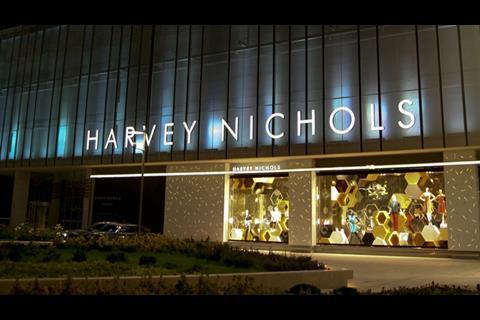
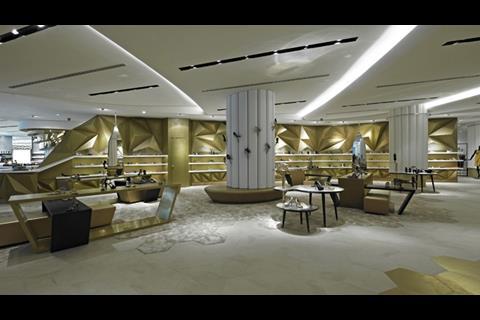
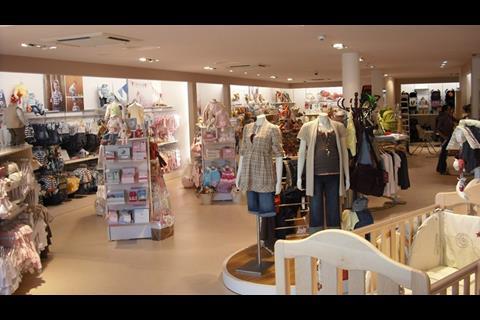

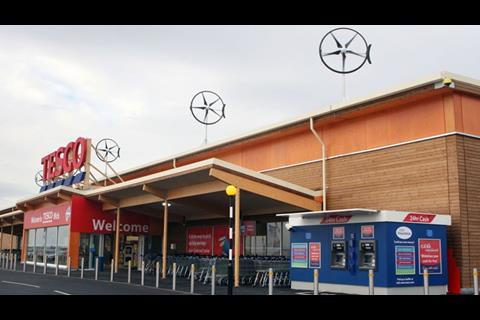
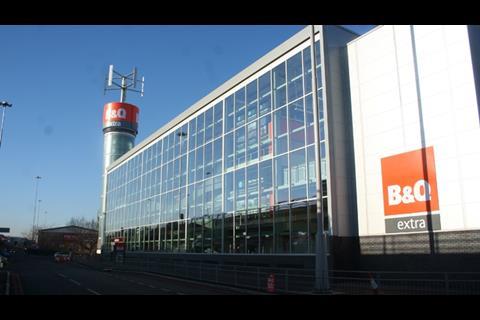
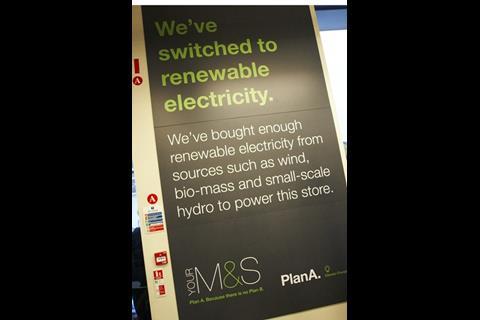
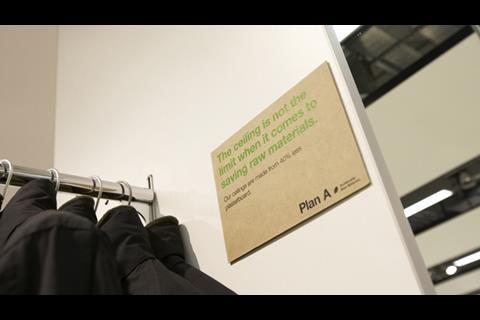






No comments yet